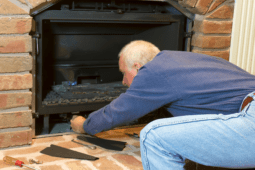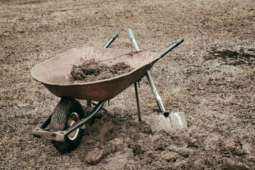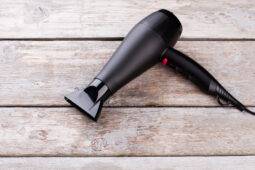8 Power Tool Hacks For Safer, Smarter DIY Projects
Power tools can make a project so much easier until something goes wrong. One bad cut, a jammed blade, or a forgotten safety step can turn a quick project into a frustrating (and dangerous) afternoon. The good news? A few clever tips and simple tricks can make using your tools safer, faster, and a whole lot smoother. Whether you’re a weekend fixer or a serious DIY fan, these hacks will help you work smarter every time.
Keep A Magnet Handy For Metal Scraps
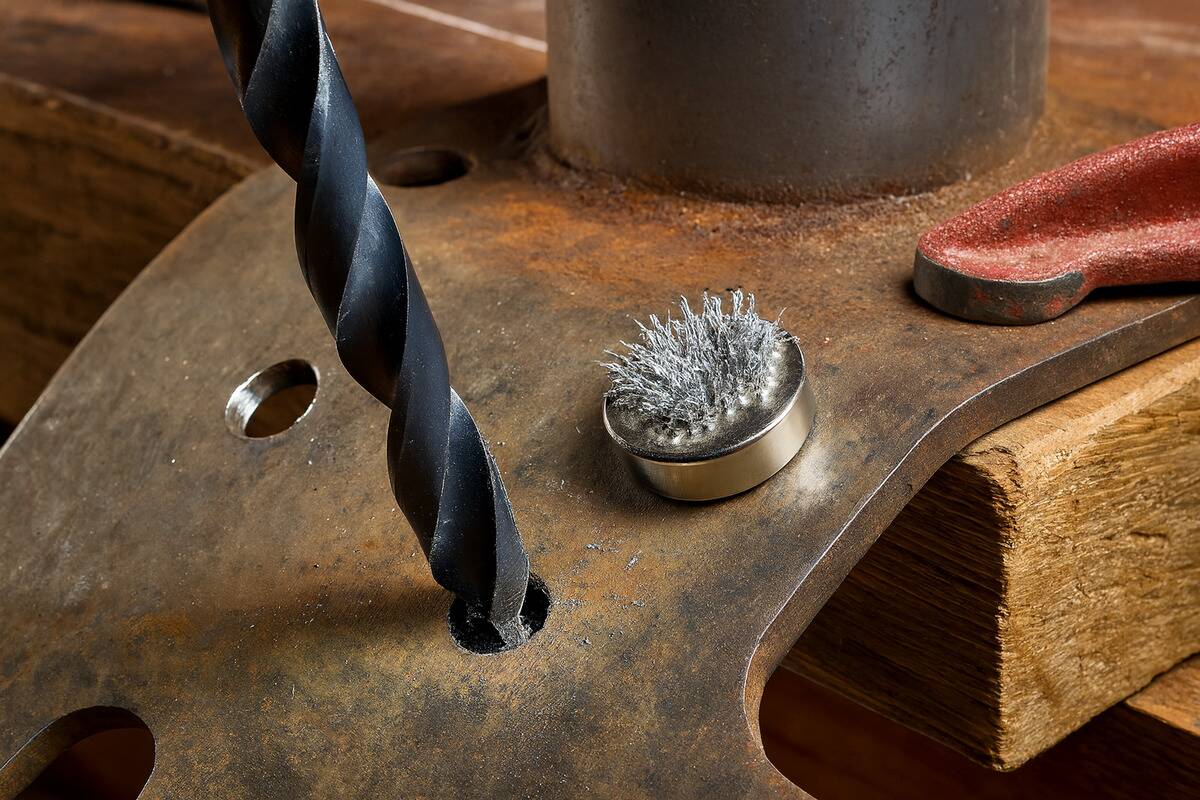
Small screws, nails, and shavings always seem to find the floor, no matter how careful you are. Stick a strong magnet to the side of your workbench or drill to catch loose bits as you go. It keeps your workspace tidy and saves you from stepping on something sharp later. A magnetic wristband works great too. You can use it like a tool belt for tiny, easy-to-lose pieces.
Tape Over Your Drill Bit For Perfect Depth

If you’re drilling holes for anchors, knobs, or screws, it’s easy to go too deep and damage the material you’re drilling into. Wrap a small piece of masking tape around your drill bit at the depth you need. When the tape edge reaches the surface, stop drilling. It’s a simple visual cue that keeps holes consistent, neat, and exactly where you want them. No fancy depth gauge required.
Use Painter’s Tape To Prevent Wood Splinters

When cutting plywood or drilling into finished wood, splinters can easily ruin all your hard work. Press a strip of painter’s tape over the cut line before you saw or drill. The tape holds fibers in place and peels away cleanly after you’re done cutting or drilling. It’s especially handy for when you’re cutting visible surfaces like shelves or trim. A few extra seconds with the tape can save you from hours of sanding later.
Make A Quick Dust Catcher With A Post-It
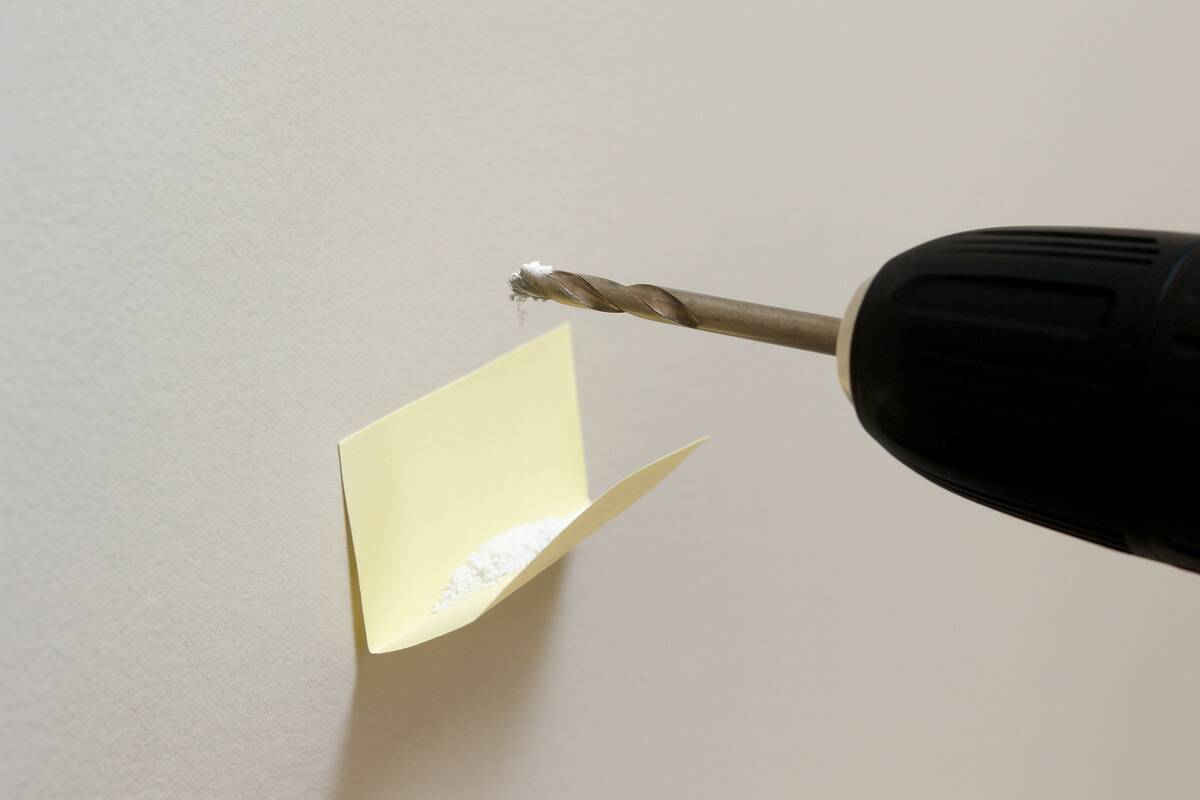
Drilling into drywall? Fold a sticky note in half and stick it just below where you’re going to drill. The folded edge forms a tiny ledge that catches dust as it falls. When you’re done, just peel it off and toss it in the garbage. It catches the dust, so no vacuum or sweeping is needed afterwards. It’s one of those tiny hacks that, once you try it, you’ll never drill without it again.
Rubber Bands For Stripped Screws

Stripped screws can ruin your mood and your project. But luckily, there’s a pretty easy fix. Place a thick rubber band over the screw head, press your screwdriver firmly into it, and turn slowly to start loosening the screw. The rubber gives the bit extra grip, letting you back the screw out cleanly. It doesn’t work every time, but when it does, it saves you from reaching for the drill extractor kit.
Keep Your Cords In Check

Extension cords have a way of getting impossibly tangled at the worst times. Wrap the cord in a loose figure-eight and secure it with a Velcro strap or a short bungee when you’re done. For even smoother storage, thread the plug end through one of the loops before you wrap the cord up. It keeps the cable tidy and prevents the ends from fraying. Clean cords mean fewer tripping hazards and less time spent untangling when you could be working on your latest project.
Sharpen Blades More Often Than You Think

A dull blade is more dangerous than a sharp one because it forces you to push harder, which increases the chance of your tool or knife slipping. Whether it’s your circular saw, utility knife, or chisel, sharpen it regularly. If you’re not sure if it needs to be sharpened, pay attention to the sound it makes. When the tool starts to “burn” through instead of slice cleanly, it’s time to sharpen or replace the blade. It’s a small maintenance habit that makes a big difference.
Light Up Your Workspace

Shadows are frustrating to work around when you’re cutting or drilling. Clip a small LED light or headlamp near your project to get more light so you can see better. Some pros even tape a flashlight directly to their tool for extra precision. Better lighting not only makes your cuts cleaner, but also keeps you from making dangerous mistakes. It’s one of the simplest ways to make using power tools safer and easier to enjoy.
Related Articles
-Is Paying Extra For High End Power Tools Really Worth It?
-Can You Store Power Tool Batteries in a Cold Garage?
-5 Must-Have Power Tools For Your Woodworking Projects
Being a good DIYer is about building your skills, and also building smart habits. These small hacks might not seem like much, but they can keep your tools (and you) working better for longer. Taking an extra minute to tape, tidy, or sharpen saves you time, effort, and stress in the long run. Because the best DIY projects aren’t the ones done fastest, they’re the ones done safely, cleanly, and with a proud smile at the end.

